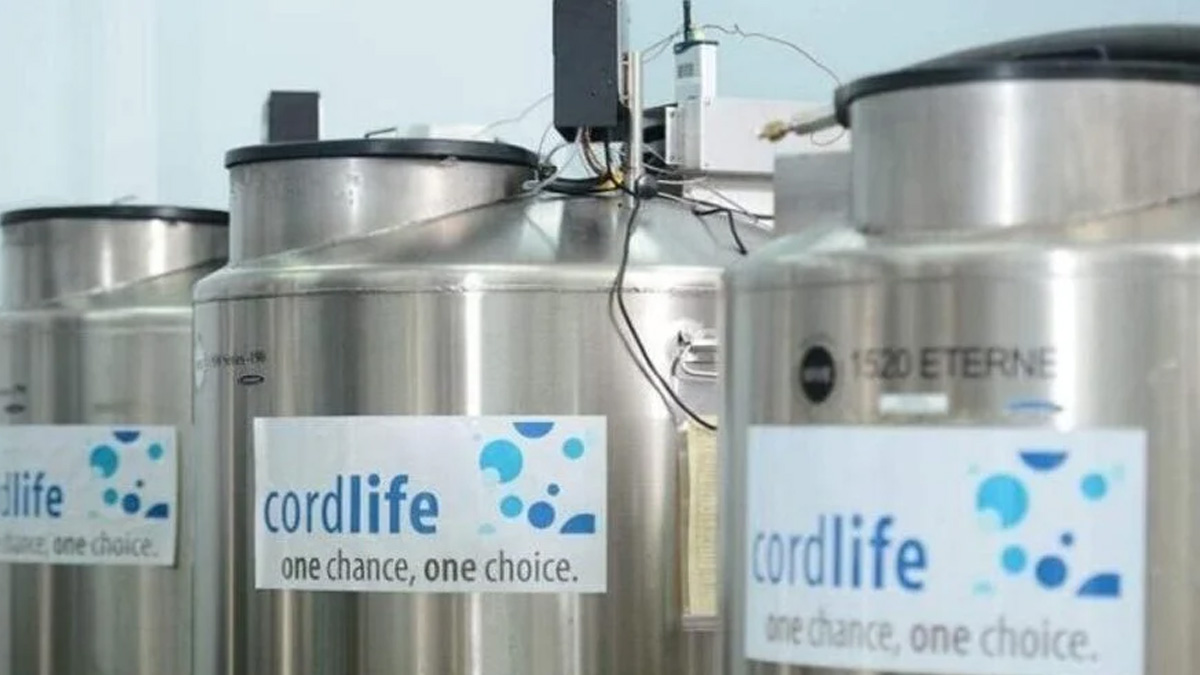MOH tightens IP rider rules from April 2026 to curb healthcare costs and insurance premiums
From 1 April 2026, new Integrated Shield Plan riders will no longer cover minimum deductibles, and the co-payment cap will double to S$6,000. The Ministry of Health aims to reduce premiums and curb rising private healthcare costs.

- From 1 April 2026, new IP riders will exclude minimum deductible coverage and raise co-payment caps to S$6,000.
- Premiums for private hospital IP riders are expected to fall by about 30%, saving policyholders up to S$600 annually.
- MOH aims to promote prudent healthcare use and curb private sector cost escalation
To tackle escalating private healthcare costs and rising insurance premiums, the Ministry of Health (MOH) will introduce new rules for Integrated Shield Plan (IP) riders from 1 April 2026.
According to MOH's press release issued on 26 November 2025, all new IP riders sold from that date must exclude coverage of the minimum deductible amount policyholders are required to pay before insurance coverage begins.
The MOH mandates minimum deductibles ranging from S$1,500 to S$3,500 depending on the type of hospital ward. These must be paid once per policy year before any insurance payout applies.
At the same time, the current co-payment cap of S$3,000 will be doubled to S$6,000 per year for new riders. This refers to the maximum sum a policyholder must pay out-of-pocket, beyond the deductible, for eligible claims—such as those involving pre-authorised procedures or panel doctors. The minimum 5% co-payment requirement remains unchanged.
The MOH stated that these changes aim to “bring health insurance back to its original objective, which is to protect patients against larger healthcare bills,” and will “increase cost discipline over minor episodes.”
Today, riders are often sold together with IPs to minimise co-payments, especially for private hospital stays. However, in the same press release, MOH noted that "very comprehensive coverage that protects up to almost the last dollar can confer ‘absolute peace of mind’, [but] it can be very expensive and drives up healthcare costs."
Data released by MOH supports this position. Private hospital IP policyholders with riders are 1.4 times more likely to make claims, with average claim amounts also 1.4 times higher—S$14,300 compared to those without riders.
The median private hospital bill has grown sharply—from S$9,100 in 2019 to S$15,700 in 2024.
This rise in claims and bill sizes is said to have caused insurers to raise premiums to sustain the risk pools. Rider premiums alone grew at an average annual rate of 17.2% between December 2021 and December 2024, compared to 8.6% for private hospital IPs. Six of seven IP insurers increased premiums in 2025.
With the revised rider structure, the MOH expects premiums for new riders covering private hospital stays to fall by around 30%. On average, this translates to annual savings of approximately S$600 for private hospital riders and S$200 for those covering public hospitals. These estimates were outlined in Annex B of the press release.
In the press briefing, MOH acknowledged that some patients may still choose public healthcare in light of the higher co-payments, but emphasised that the changes offer policyholders better assurance against large hospital bills at lower long-term costs.
While new riders will be available only from 1 April 2026, insurers can continue to sell existing rider products until 31 March 2026. However, under transitional rules set out in the press release, anyone purchasing these products on or after 27 November 2025 will need to switch to new rider formats upon their next policy renewal after 1 April 2028.
MOH noted that existing riders purchased before 27 November 2025 are contractual agreements between insurers and policyholders. As such, individual insurers will decide whether to revise the terms of these older plans.
In comments reported by The Straits Times, Alex Lee, President of the Singapore Actuarial Society, welcomed the new requirements. He said the changes would “return insurance to its original purpose of providing cover against major financial risk,” and “cultivate more mindful and efficient use of healthcare services.”
Mr Lee added that when insurance pays for minor bills, it increases system and manpower costs, which are ultimately passed on to all policyholders through higher premiums.
He also noted that about 80% of policyholders do not make any health insurance claims each year. “To those who have been making efforts to stay healthy… the latest change is more fair to them and will help reduce the cost of owning riders,” he told The Straits Times.
Mr Lee also highlighted that insurers’ average profit margins on private health insurance from 2015 to 2024 stood at just 0.5%, indicating the market effectively breaks even. He suggested that insurers will continue to operate under thin margins and adjust premiums in line with healthcare cost trends.
The policy update builds upon earlier reforms introduced in 2018, when MOH mandated a minimum 5% co-payment for new riders and issued fee benchmarks to curb excessive charging in the private sector.
In the 2025 press release, MOH reiterated that the new rules are part of broader efforts to ensure the sustainability of Singapore’s healthcare financing system. These efforts include exploring a not-for-profit private hospital, taking enforcement action against inappropriate claims, and encouraging all stakeholders—insurers, hospitals, doctors, and consumers—to play their part.







1 Comment